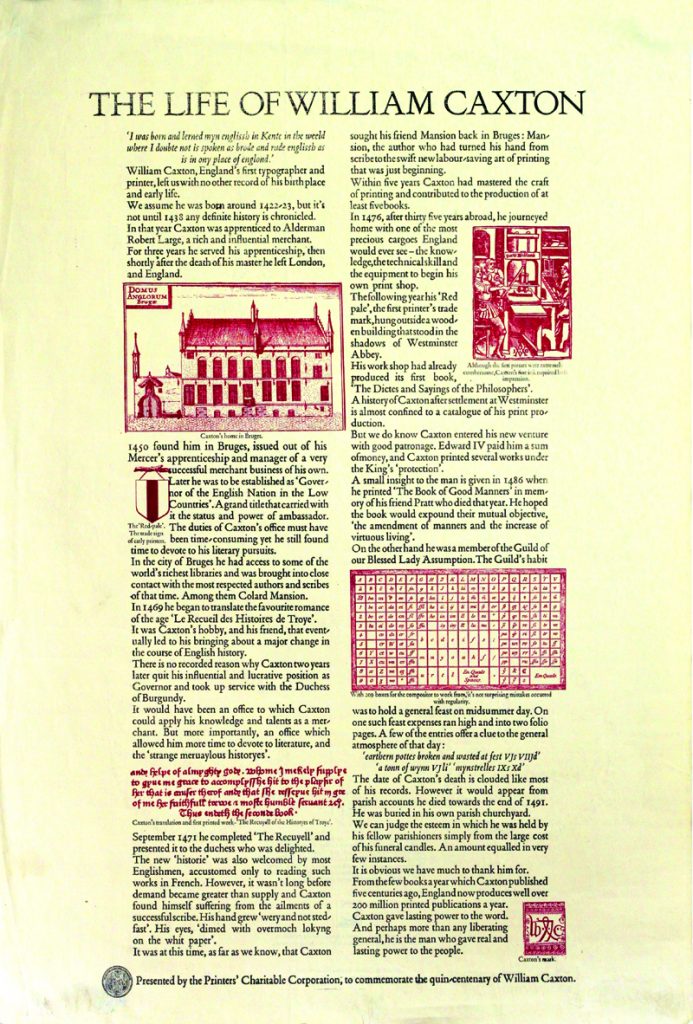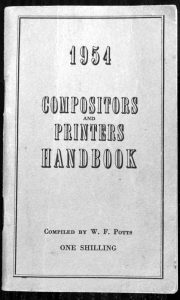Category: Historical
Historical items
1954 Compositors Handbook
Free Cobb Shinn Retro Clipart
Linotype Model 1 Video
Christophe Plantin Print Shop
Many thanks to Mike Topper for sending in these pictures he took at the Christophe Plantin Museum in Antwerp.
British Print Trade Union Cards 1946-1993
From the late Dave Bowles’ collection of London Fleet Street compositors items comes this great collection of trade union membership cards from 1946 right through to the 1990s.
We have another page of union membership cards, covering the period 1924-1945 here: British Print Trade Union Cards 1924-1945.
Linotype Model 1
Compugraphic Universal 2
Intertype Fotosetter
It is an early photosetter that used mainly linecaster technology to produce photoset output.
Interested in early photosetting technology? Check out the Early Photosetting Chat section of the Forum.








